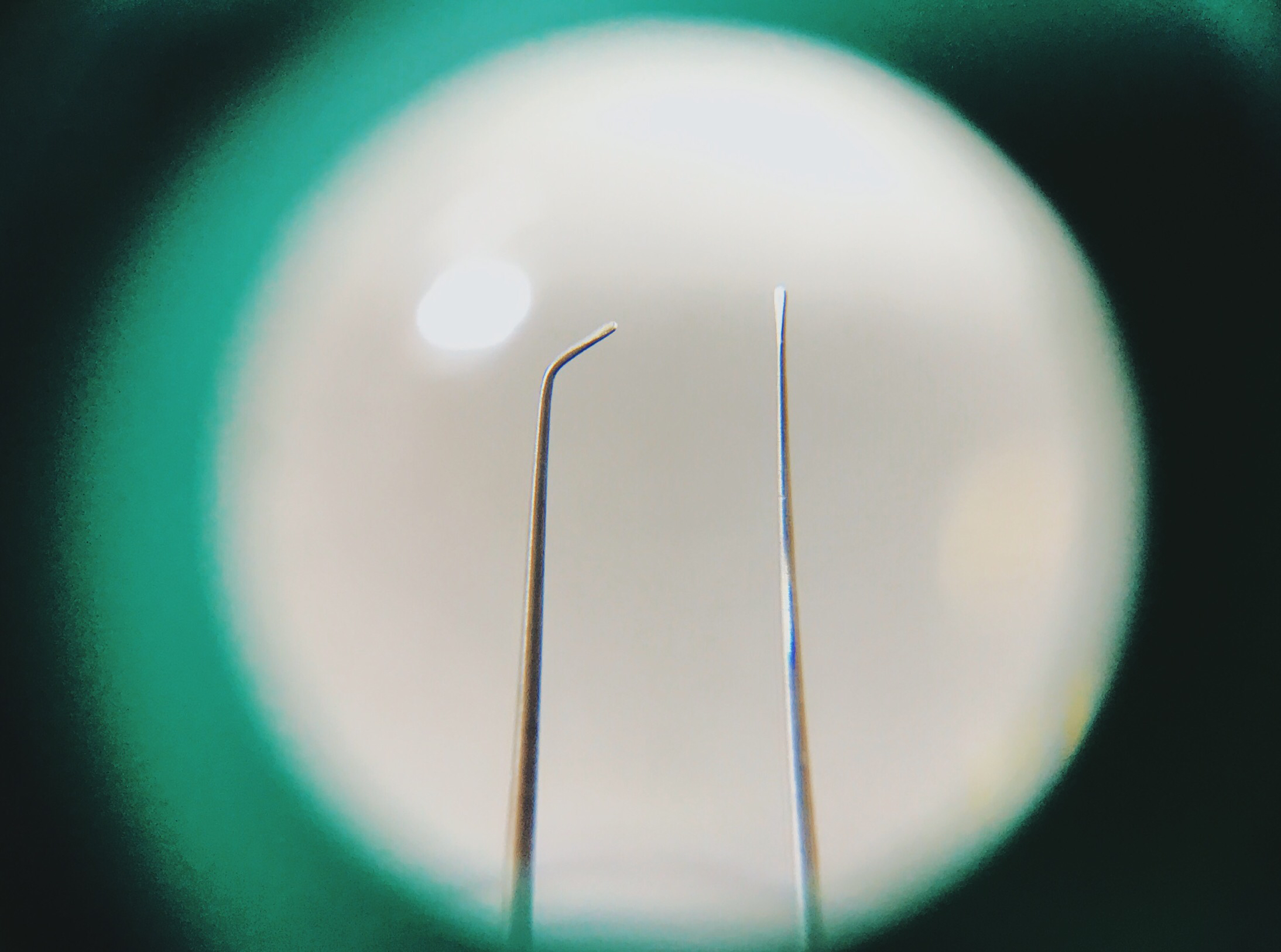Tools: Loupe

The loupe is a non-negotiable part of a watchmaker's toolkit. No matter what you're doing, whether movement service, micromechanics or polishing, you need a loupe to see what you're doing.
We're supplied with four loupes to start, each with a different magnification. The standard, seen here, is 3.3x. We also have 4x, 6.7x and 10x. In general, the 3.3x loupe is good enough for most work. The 10x is used for the closest inspections, and the middle magnifications are... Well, I haven't come across a compelling use case for either yet, but I'm sure they exist.
The loupe is worn over your dominant eye, regardless of your dominant hand. I'm right-handed but left-eyed, which means I'm a little crossed up when it comes to loupe use. Luckily, practice makes perfect.
It is astounding to experience the difference between your normal frame of reference and "loupe world." Even at the lowest magnification, fine details begin to pop out that are all but invisible to the trained eye. The working distance is also very low—just a few inches—which is one reason why watchmakers' benches are so high: your workpiece has to be at nose-level to be visible through the loupe.
In practice, this can be tricky. Extremely small and light parts, like jewels and shock springs, can actually be blown around on your bench by your breath if you aren't careful. It's also very disconcerting to spend hours in the loupe and realize that you've completely ignored the world around you the entire time.
It's critical to be comfortable using a loupe, so if you want to try to work on watches yourself, do yourself a favor and wear one whenever you're tinkering. It quickly becomes second-nature, and it's required for the fine detail work that will happen later.
Watchmaking student at the Lititz Watch Technicum, formerly a radio and TV newswriter in Chicago.





